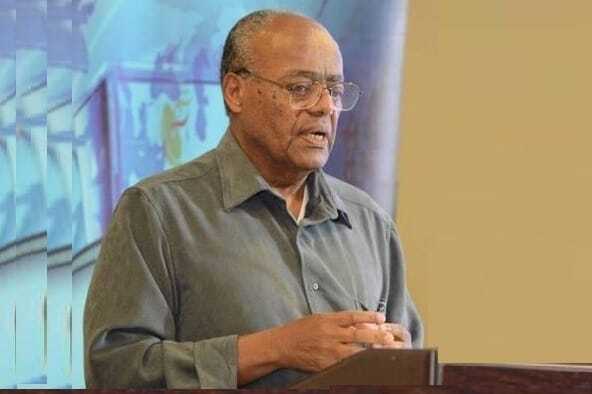Zimbabwe’s energy landscape is set to transform next year with the commissioning of nine public and private power generation projects that will add 2 690 megawatts to the national grid and ease power cuts.
Although the country has lately been experiencing power outages, largely owing to the ripple effects of the El-Nino-induced drought that affected power generation at Kariba South Hydro Power Station, the Second Republic under the leadership of President Mnangagwa has made huge investments in the energy sector.
Increased industrial capacity utilisation has also resulted in increased energy demand, but that could all be addressed by December next year when more than 2 600MW will be added to the national grid.
In an interview at the weekend, Zesa executive chairman Dr Sydney Gata outlined a range of initiatives that are in the pipeline aimed at delivering universal access to electricity for all citizens.
Some of the projects that will add power to the national grid include the 800MW Hwange repowering project that is being developed by Indian firm, Jindal and will be complete by December next year. This project will bring all six older units at Hwange back onto the grid at full force. At present the six units are working at less than half their optimal capacity.
In addition there are eight private stations being built. The private 720MW Titan project, the 300MW Zhong Jin Heli project and the 270MW ZZE project, all in Hwange, are set to be delivered by end of next year.
Elsewhere, the private Jinan 200MW station in Gweru, the 100MW Xintai station in Beitbridge, the 100MW Afrochine station in Chegutu, the 100MW Dingneng Solar station in Manhize, and the 100MW Dingneng Solar project in Mamina, are also set to come on stream and add to the grid.
All these projects, said Dr Gata, would be delivered by December next year, adding to the current dependable 1 500MW national capacity to make it 4 190MW.
“In the last two years we have been doing a lot of research, a lot of validation of our data, a lot of validations, our conclusions and our master plans,” said Dr Gata.
“Under National Development Strategy 1, we should deliver the end of load-shedding by December 2025. We are increasing internal capacity. We promoted independent power producers and they confirm an end to load-shedding by December 2025, also an end to power imports.”
In respect of energy supply, Dr Gata said the utility had a backlog of connecting almost 500 000 houses which will be met by the end of 2025.
“There are also off-grid projects, there is also mining, industrial and commercial backlog that will be done with, and we have agreements with 10 provincial capitals to restore, expand and modernise public street lighting all by December next year,” he said.
Dr Gata said the ultimate delivery in 2030 is total electrification, which is universal access to electricity for all citizens.
He said Zesa also had a special programme for agriculture to wean irrigation farmers off the ZESA grid by installing solar energy on all the 30 000 farms so that farmers will not get electricity directly from Zesa but will, instead, sell excess energy to the country’s power utility.
“Our strategic response is very detailed and quite comprehensive. We are also providing micro-grids to 9 700 schools, 1 400 hospitals and clinics. When the stability is restored, in my opinion, it is almost forever,” said Dr Gata.
Zesa, he said, would establish a qualified and dedicated team for the energy security programme as well as establish dedicated teams for total electrification projects.










